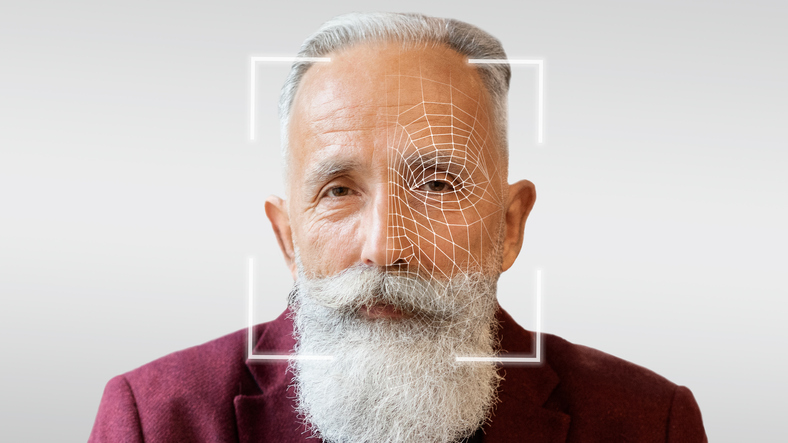A groundbreaking smartphone facial screening tool has been developed to revolutionise stroke detection. It offers paramedics the ability to identify stroke risk within seconds, far surpassing current technologies in speed and accuracy.
Strokes, a widespread global health concern, occur when blood flow to the brain is disrupted, depriving brain tissue of essential oxygen and nutrients. The timely detection of strokes is crucial, as even a few minutes delay can lead to irreversible brain damage. Recognising this urgency, a team of biomedical engineers at RMIT University has pioneered AI-driven software capable of swiftly assessing stroke risk via facial analysis. Published in Computer Methods and Programs in Biomedicine, their research is spearheaded by PhD scholar Guilherme Camargo de Oliveira under the guidance of Professor Dinesh Kumar.
From RMIT’s School of Engineering, Professor Kumar underscores the tool’s potential impact: “Early stroke detection is critical for enhancing recovery outcomes, reducing disability, and saving lives. Our smartphone tool empowers paramedics to swiftly determine stroke likelihood on the spot, ensuring timely hospital notification before the patient even reaches the ambulance.”
The smartphone tool, boasting an impressive 82% accuracy rate in stroke detection, complements rather than replaces comprehensive clinical diagnostics. It primarily identifies individuals who urgently require treatment and streamlines emergency response protocols. This innovation addresses a significant gap in current emergency care, where up to 13% of strokes are reportedly missed, particularly among women, people of colour, and patients presenting subtle symptoms.
The technology’s use of AI-enabled facial expression recognition is central to its analysis of facial symmetry and muscle movements known as action units. Leveraging the Facial Action Coding System (FACS), initially developed in the 1970s, the tool detects asymmetry—a hallmark sign of stroke-induced facial muscle impairment. The researchers validated the tool’s effectiveness in real-world scenarios by examining video recordings of facial expressions from stroke patients and healthy controls.
Looking ahead, the team aims to expand the tool’s capabilities beyond stroke detection. Collaborating with healthcare providers, they plan to integrate the technology into a comprehensive app that identifies various neurological conditions affecting facial expressions. This evolution seeks to enhance sensitivity and specificity, broadening its utility in emergencies and potentially transforming how paramedics approach critical patient care.
“Integration into existing emergency response protocols is paramount,” Kumar emphasises. “By collaborating closely with healthcare providers, we aim to ensure seamless adoption of this tool, equipping paramedics with a powerful ally in early stroke detection and improving outcomes for patients worldwide.”
More information: Guilherme C. Oliveira et al, Facial expressions to identify post-stroke: A pilot study, Computer Methods and Programs in Biomedicine. DOI: 10.1016/j.cmpb.2024.108195
Journal information: Computer Methods and Programs in Biomedicine Provided by RMIT University








